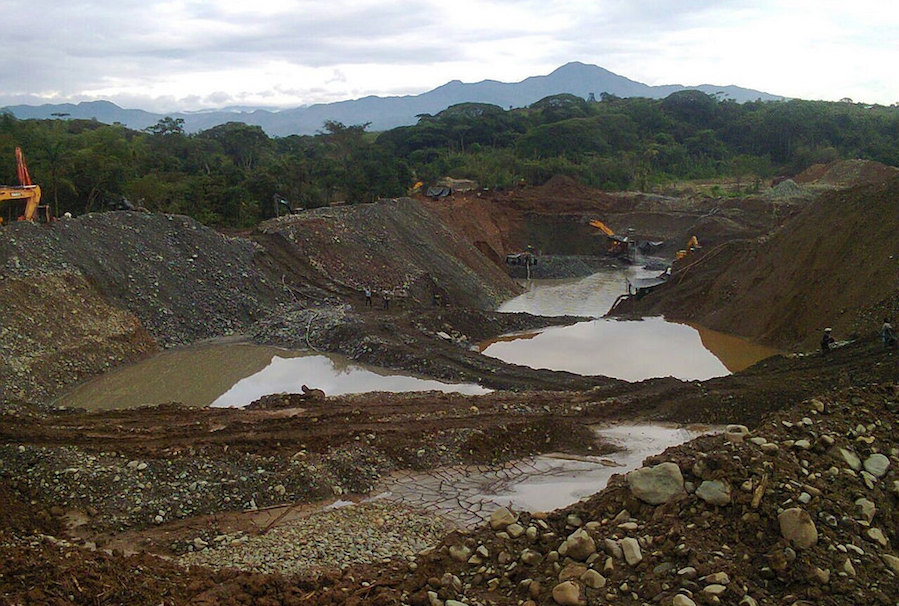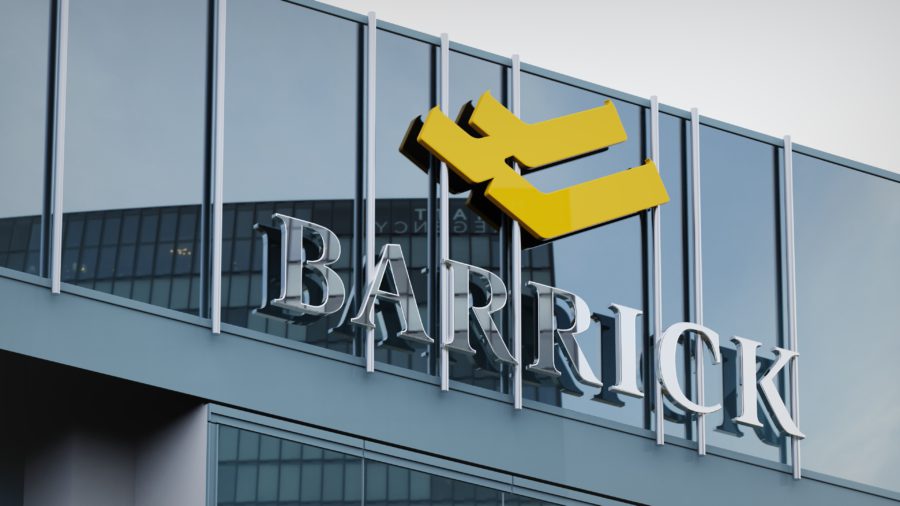Colombia calls governments to stop ‘blood gold’ trafficking

Colombia’s government has taken a page out of the diamond industry’s books by calling for international regulations aimed at cutting the amount of illegally-mined gold entering mainstream markets.
According to the country’s Mining and Energy Minister German Arce, much of the gold illicitly extracted deep in the jungles of the South American nation — equivalent to more than 80% of Colombia’s total production — is making its way to international gold refiners, which then sell it to international customers.
More than 80% of Colombia’s total gold production comes from illegal mines, controlled by guerrillas and drug traffickers.
“There’s a responsibility on the part of buyers to make certain what the origin of the gold is that they are acquiring,” Arce told Bloomberg earlier this week. “My fear is that there’s a lot of illegally-extracted gold that ends up in central bank vaults.”
Based on data from the UN commodity trade database, Colombia exported about 46.8 tonnes of gold with a value of more than $1.5 billion last year. And while is nearly impossible to know how much of that metal came from illegal operations controlled by guerrillas and drug traffickers, the damaging effects of the activity keep mounting.
As well as funding Colombia’s five-decade conflict, “blood gold” has made of Colombia one of the nations with the highest rates of mercury contamination in Latin America. It is followed closely by Peru, where the government has been fighting for years against the illicit extraction of gold.
Illegal miners use mercury to separate the gold from rock and then dump the chemical into water streams. They often handle the neurotoxin with their bare hands and inhale its fumes when it is burned off.
Armed groups are reaping profits from illegal gold mining that are five times greater than returns from cocaine.
The activity has also created a parallel economy, bringing in approximately $2.5 billion a year, thus eclipsing cocaine trafficking as the main driver of violence and a source of dirty money.
Two years ago, President Juan Manuel Santos kicked off an aggressive plan to combat the problem. Among the measures, he granted the Defence Ministry ample powers to fight the country’s leftist rebel forces and criminal neo-paramilitary gangs, which feed off the country’s illegal gold sector.
Additionally, Santos announced a new bill to be drafted in the coming days that will increase the penalties against the criminal activity.
Colombia has also began a formalization process, which implies helping unlicensed miners “come clean” by paying taxes and filing environmental impact statements, while the government guarantees training and safety.
Despite the government’s aims to formalize all miners by 2032, an investigative report financed with a grant from NACLA’s Samuel Chavkin Investigative Journalism Fund, showed the program has not worked as expected.
{{ commodity.name }}
{{ post.title }}
{{ post.date }}

2 Comments
King Blonde
Of course, that claim will not work. Useless.
Kenneth Viney
Give our firm $10 million a month to purchase crude ore and sands for 90% of assay values and we will leach out or smelter out the values at 10 remotes sites and dispose tailings in abandoned shafts. No more backyard smelters. Cost under $120 million a year to cleanup this problem at 10 sites and 200 million a year @ 25 sites Govt retains 10% of values as taxes. If this article is correct there is no cost to Govt. Too Easy. Chile had a program like this for micro miners for copper and gold crude ore which after 3 years was cut by the Socialists. Love those Progressives.